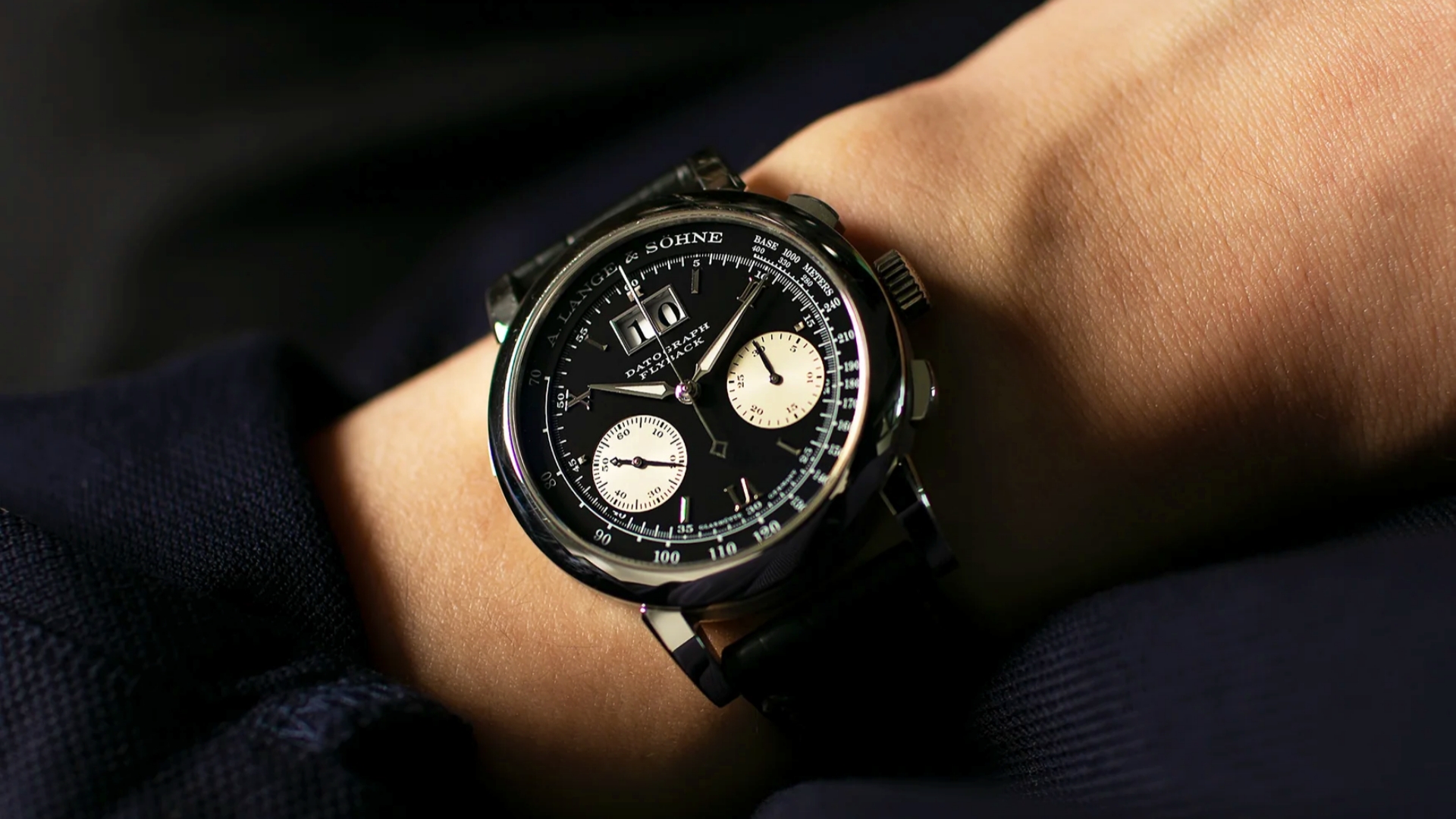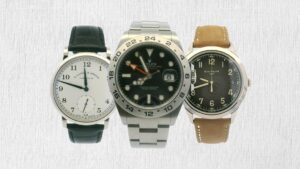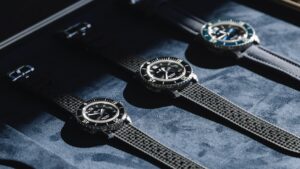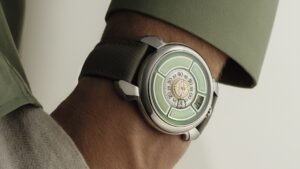Whether you’re discussing motorsport, aviation, astronomy or even the equestrian arts; there is no shortage of disciplines that owe a great deal to the chronograph.
To all intents and purposes, a complex mechanical system that made the stopwatch possible; it’s hardly a bold claim to associate various scientific breakthroughs with what we now (mostly) think of as a sporty watch complication.
In no particular order: since its introduction in 1816, the chronograph has facilitated manned flight; made weapons targeting systems infinitely more precise; revolutionised motor racing; and improved the study of telemetry (i.e. measurement of the distance till an event, using the speed of sound).
Naturally, for the purposes of this explainer, we’re going to limit our discussion about the chronograph watch to a brief overview of its history. More importantly, we’ll follow that up with a quick run-through of how you actually use it; some of the more popular twists on the basic version and, just for good measure, what we consider to be the best chronographs you can buy right now.
RELATED: Pitti Uomo Explained – The Biannual ‘Menswear Mecca’ Of Fashion
Table of Contents
- A Brief History Of The Chronograph Watch
- How To Use A Chronograph Watch
- Variations On The Standard Chronograph
A Brief History Of The Chronograph Watch
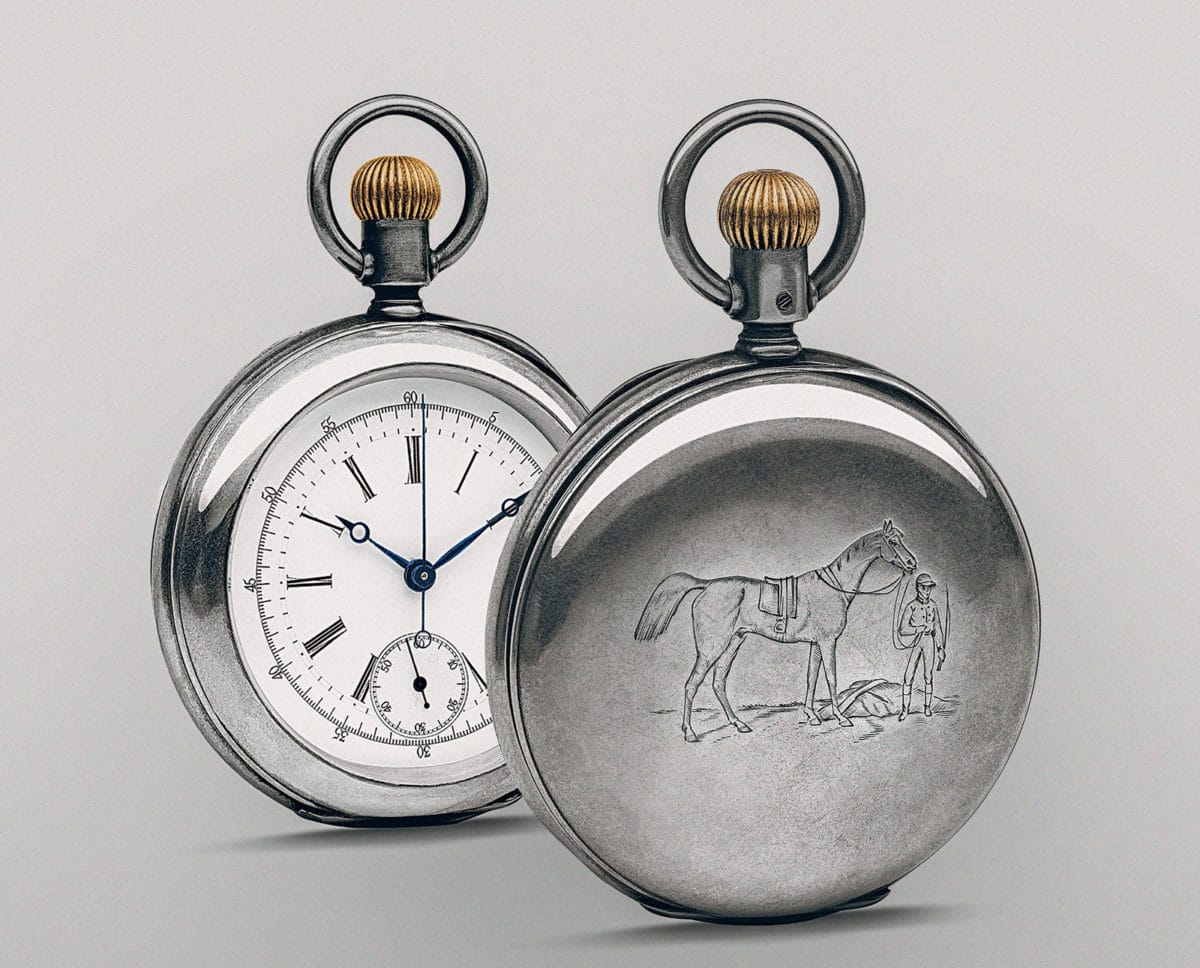
Any back-pocket history of the chronograph must include at least a handful of references to Longines — the Swatch Group heavy behind such popular modern releases as the Spirit Flyback and Master Collection.
In 1878, under the ministrations of legendary watchmaker Alfred Lugin, the company produced its first pocket watch movement for “sports chronographs” — the calibre 20H. Decorated with the image of a horse & jockey, these early pocket watches would be embellished over the next 40 years with additional functions such as sub-registers and the rattrapante (more on that shortly).

This concerted specialisation eventually culminated in the production of one of the first chronograph movements to be purpose-built for a wristwatch; which in turn, laid the groundwork for the now-legendary calibre 13ZN.
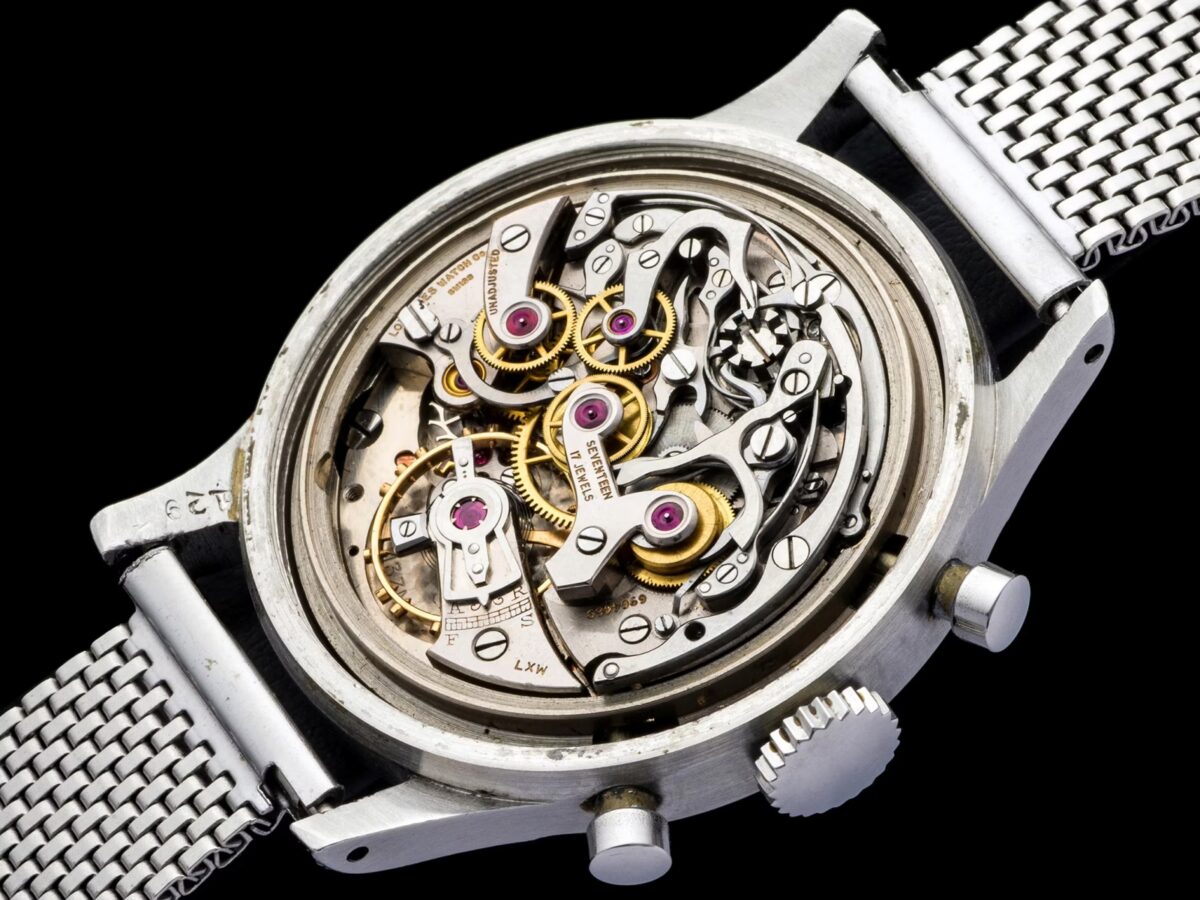
Equipped with a groundbreaking (and recently revived) flyback function that enabled timing to be reset to zero with the push of a single button (“retour en vol“), it’s not uncommon to hear vintage watch collectors refer to 13ZN-powered timepieces as, “the most technologically advanced and beautiful…ever to be produced, even by today’s standards”.
Notwithstanding Longines’ prominence in the conversation surrounding the chronograph’s historical development, there are numerous other watchmakers who have made their own mark on the complication throughout the 20th century.
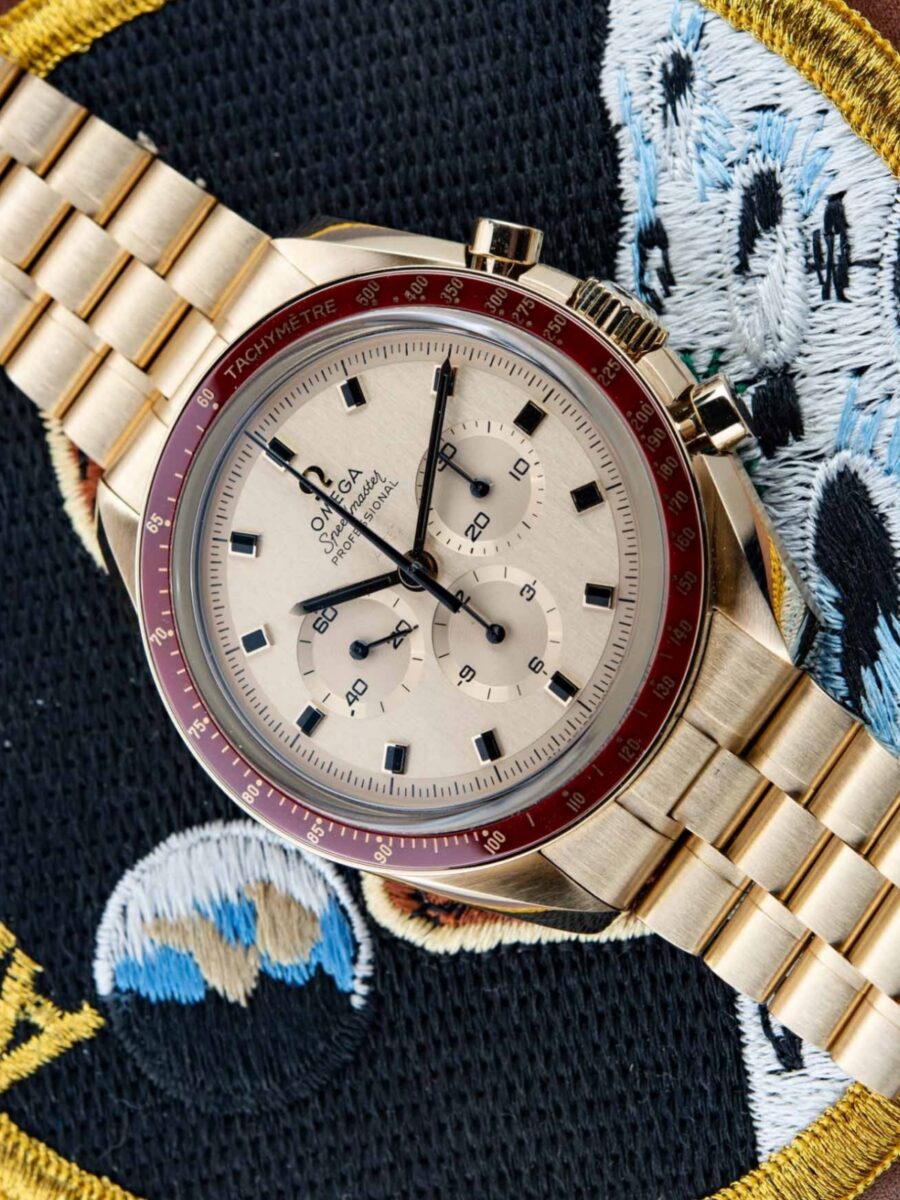
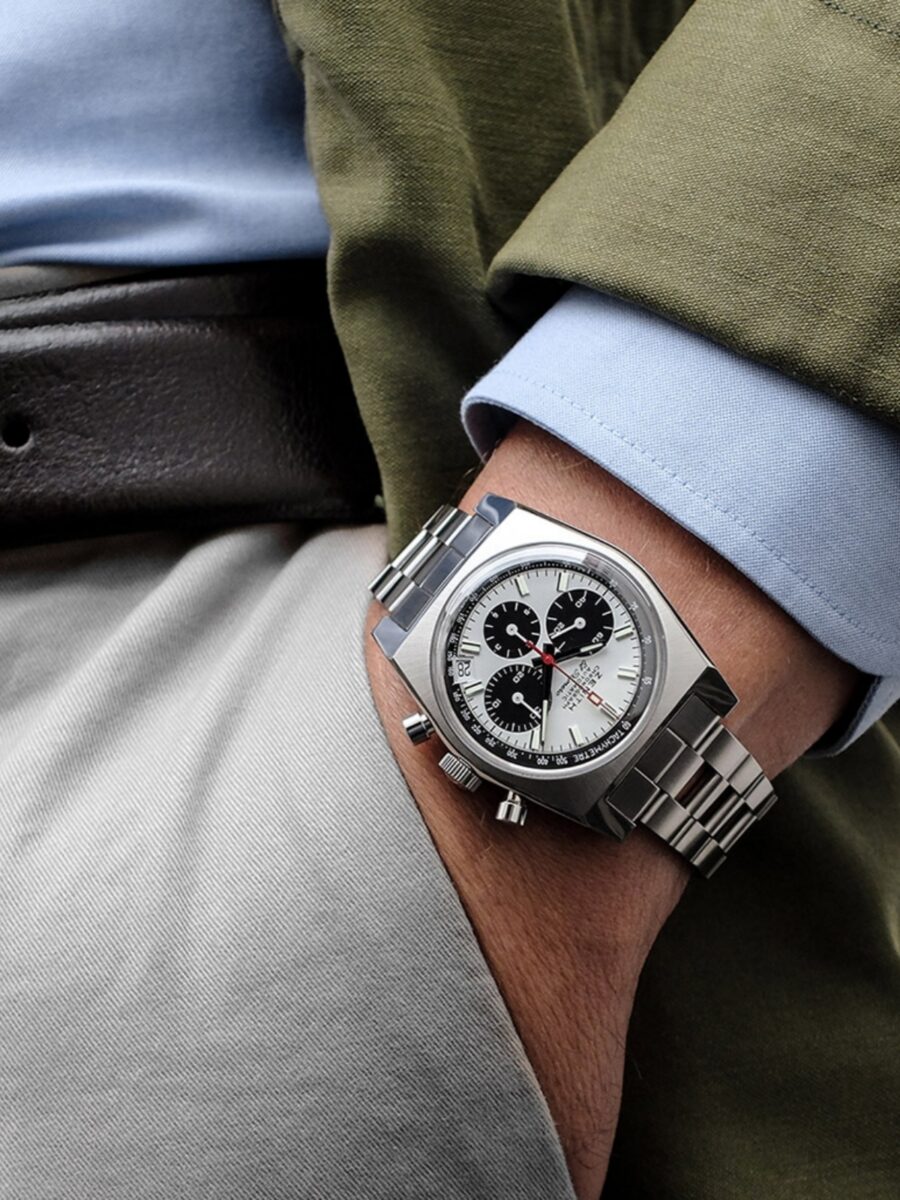
These include (yet are by no means limited to) Omega and Zenith: both of whom have contributed to the public awareness and technological progression of the chronograph watch — vis à vis the Speedmaster Professional and self-winding El Primero respectively.
How To Use A Chronograph Watch
Usually distinguished by the two pushers positioned above and below the watch’s winding crown, most chronographs are operable using a simple 3-step motion (as seen in the video above).
Put simply: to start the chronograph’s timing function, wearers press the top pusher (at the 2 o’clock position); in turn activating the large seconds hand — mounted in the central part of the dial.
Pressing the same pusher at 2 o’clock a second time will stop the central seconds hand; whereupon the following actions become possible. If the pusher at 4 o’clock is pressed, the chronograph will ‘reset’ to zero; alternatively, pressing the 2 o’clock pusher a third time will start up the central seconds hand again — from the position that it was initially ‘paused’ in.
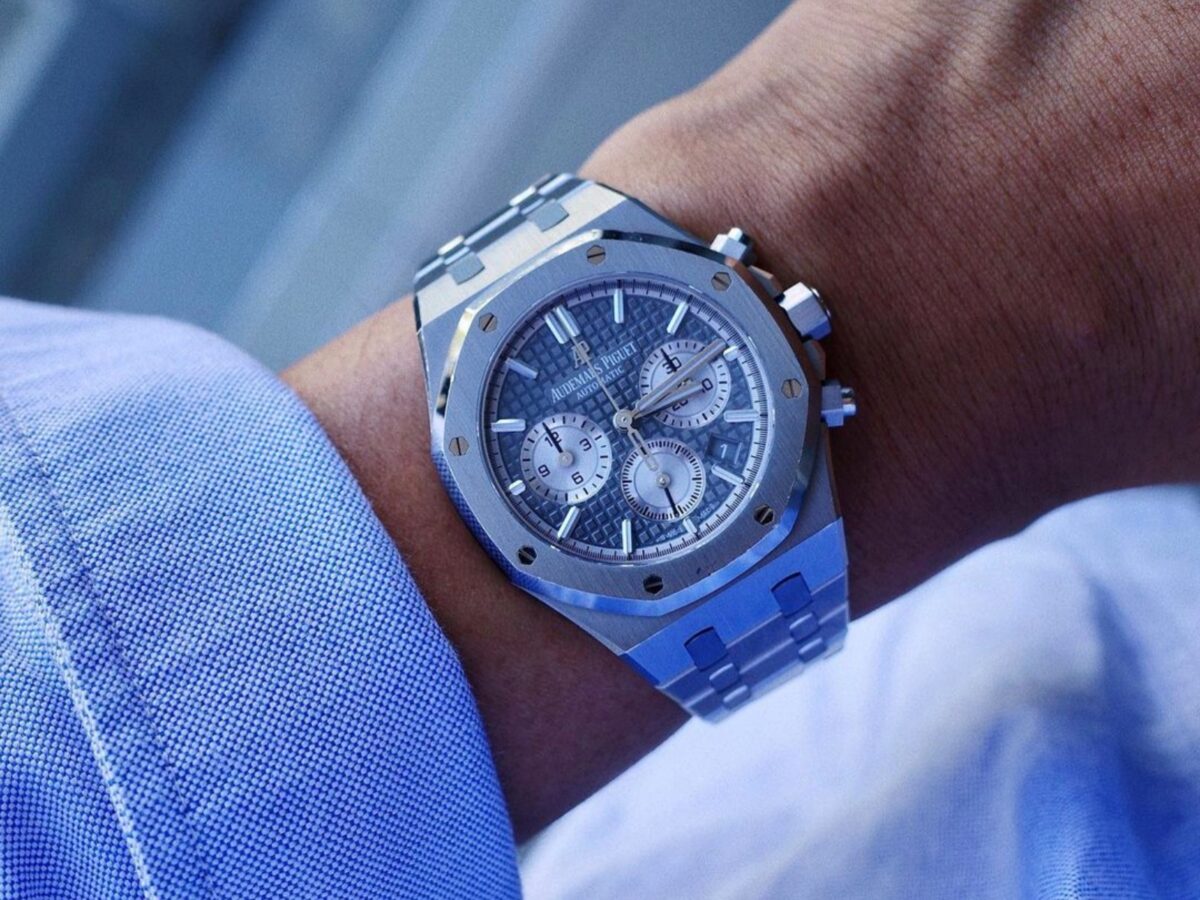
As the chronograph hand sweeps across the dial, you’ll likely notice movement inside the watch’s smaller sub-dials (often referred to as ‘registers’ by watch enthusiasts).
To maximize visual coherence and legibility, these are frequently placed at 3 and 9 o’clock; though there have been numerous chronographs over the years — particularly those made by Breitling and Heuer — that employ a ‘triple register’ design. This means that, in addition to registers that measure elapsed time up to 12 hours and 30 minutes, one other duration (e.g. 60 minutes) becomes possible.
Note that in the conventional 3-step chronograph, when the pusher at 3 o’clock is pressed; all of the registers should reset to zero (along with the stopped centre seconds hands).
Variations On The Standard Chronograph
Now that we’ve gotten a fairly good handle on the chronograph in its most basic form, this is a prime opportunity to go beyond and introduce various of the (even more complicated) offshoots.
In very brief detail, they are as follows:
The Flyback Chronograph
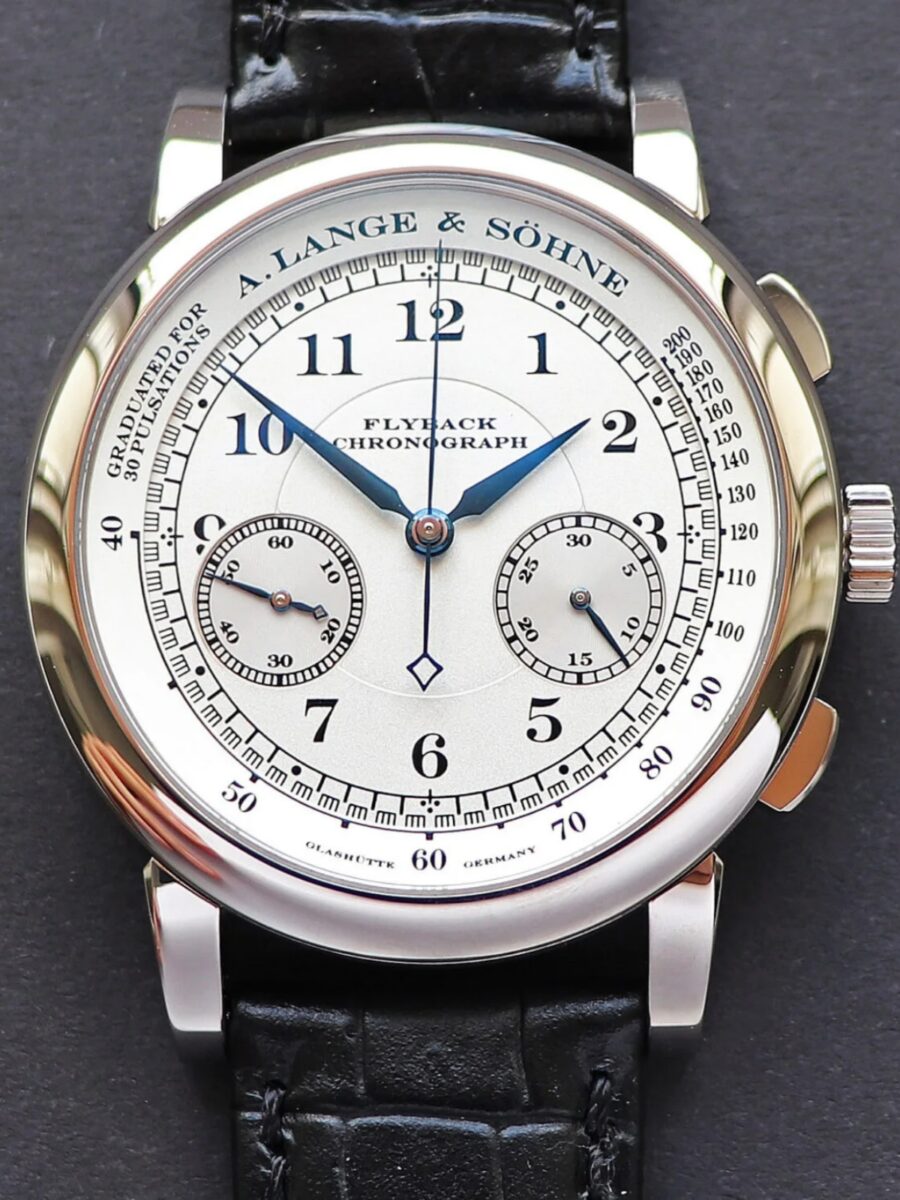
A riff on the chronograph that we’ve already talked about at length (see our ‘Brief History’ section), the flyback allows the timing element to be reset without first having to be stopped.
The Split-Seconds Chronograph (A.K.A. Rattrapante)
One of the most complicated riffs on the chronograph; in simplest terms, a rattrapante allows wearers to measure two separate events simultaneously — something that is particularly relevant in motorsports and general athletic testing.
Already renowned for its high complications, German watchmaker A. Lange & Söhne has taken the rattrapante even a step further, as the renowned maker of the ‘double split’ — a version that extends the maximum measurable duration up to 30 minutes.
The Monopusher Chronograph
Functionally identical to the basic chronograph, the monopusher (sometimes written in the French, monopoussoir) refers to watches where the timing element is controlled entirely with a single button.
When attempting to make watches with a simple, refined aesthetic — ergo the Cartier Collection Privée above — this configuration is commonly employed; as it removes the need for the usual pushers at 2 and 4 o’clock.
Looking to add a new chronograph watch to your collection? Then consider reading a few of our related stories about the popular, high-speed complication below:
